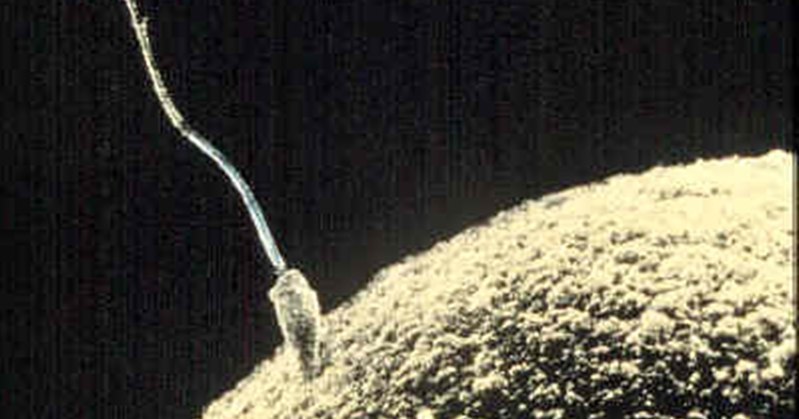Fife Tayside and Forth Valley health boards have all been criticised in a new report on infertility for their “extremely devastating” practice of returning patients to the end of the waiting list following a failed cycle of treatment.
Infertility Network Scotland’s new study reveals a number of inequalities in the way that couples with infertility problems are being treated according to which health board area they are living in.
The “postcode lottery” factor has been revealed with some couples waiting up to three years for IVF treatment, when in other areas of Scotland it can be only three months.
The longest wait is three years, in Lothian, and the shortest in the Borders.
In the NHS Fife area it is two years while in Tayside it is one year.
The interim report for the Scottish Government from INS expresses concern about what happens to patients after a failed cycle of treatment in three health boards areas.
“This practice can be extremely devastating for patients, especially those who are moving closer to the female upper age limit,” says the study.
“It is also forcing many of these patients to seek treatment in the private sector or self-funding treatment at the same hospital where their NHS treatment took place, which is seen by many as jumping the queue.”
Guidelines from the Expert Advisory Group on Infertility Services in Scotland state that once accepted onto an assisted conception programme, couples should be permitted to undergo successive cycles within a time frame of their own choosing.
The report also highlights the reduction of donor sperm as a result of the removal of anonymity for male donors.
Patients in some areas are having problems in accessing treatment because of this.
Provision of egg donation varies and there is a distinct lack of donors coming forward.
There is concern at the lack of patient representation when deciding on the allocation of resources within most areas.
